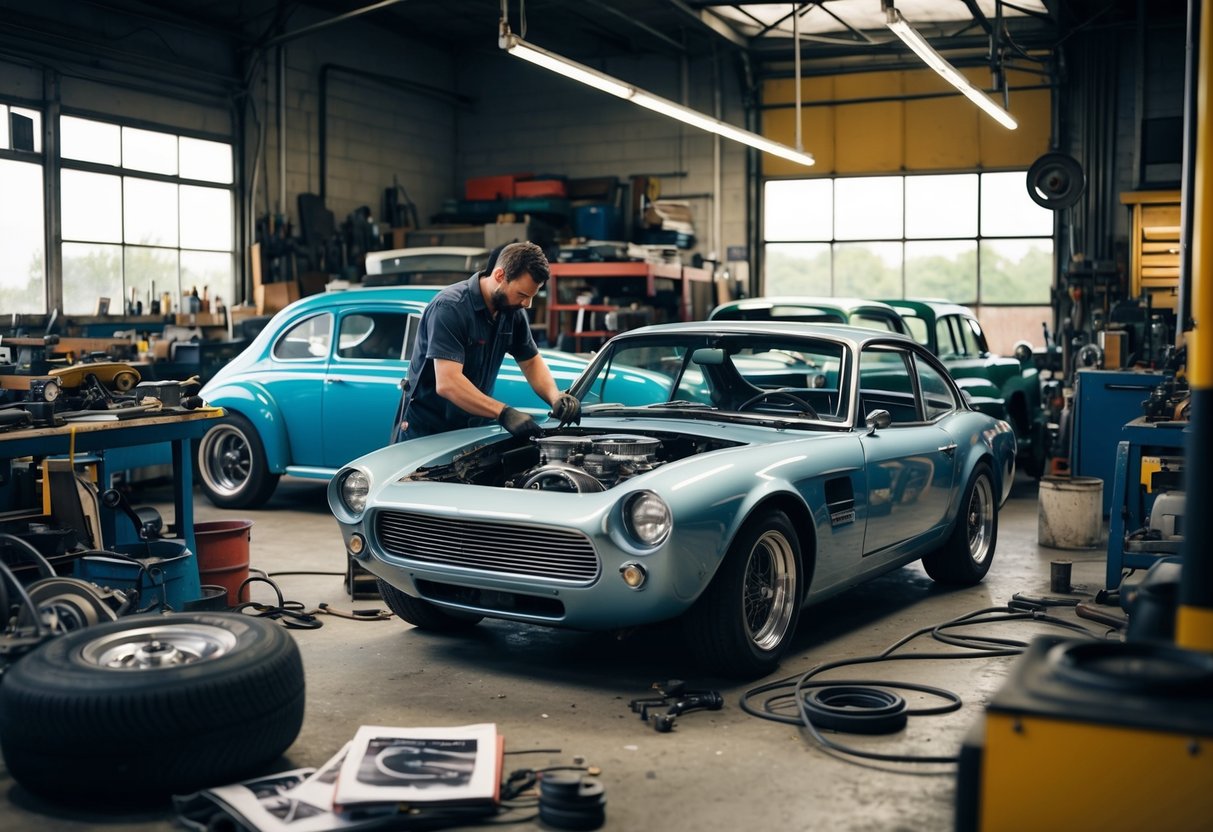
Sourcing Quality Parts
Locating original or high-quality reproduction parts is essential. Authenticity matters in restoring classic cars, making the hunt for original parts worthwhile. This often involves checking with reputable dealerships specializing in vintage vehicles. Online marketplaces can be useful, but caution is advised to avoid counterfeit items.
Local car clubs and forums can provide valuable recommendations for trustworthy part suppliers. Maintaining a log of trusted vendors helps streamline future projects. It is important to verify the compatibility and authenticity of parts before purchasing. Finding quality components directly affects the authenticity and functionality of the restored vehicle.
Building a Network for Support
Building a supportive network plays a vital role in the restoration process. Experienced restorers offer invaluable advice and troubleshooting tips. Joining local car clubs or online communities provides access to a wealth of knowledge.
Engaging with fellow enthusiasts can lead to shared resources and recommendations for reliable mechanics or part suppliers. Expert advice is often available for free through these networks. Networking also opens up channels for finding rare parts and trading skills or equipment, enriching the restoration experience.
Establishing these connections early on can make the restoration project considerably more manageable.
Disassembly and Assessment
Disassembling a project car and conducting a thorough assessment are pivotal in classic car restoration. By meticulously examining mechanical components and evaluating bodywork, restorers can determine the work needed to bring a vintage vehicle back to life.
Stripping the Project Car
Careful disassembly is crucial in uncovering the true condition of a classic car. This process involves removing components like the engine, drivetrain, interior, and body panels. Labeling each part and taking detailed notes or photos ensure everything can be reassembled correctly. Ensuring a systematic approach is key, as this helps prevent loss or damage to parts and facilitates tracking what needs repair or replacement.
Handling delicate components with care is essential. Using proper tools reduces the risk of damaging parts that may be difficult to replace. As parts are removed, noting any areas of corrosion, worn-out components, or unexpected modifications can help inform the restoration plan. Proper organization during this stage lays a strong foundation for the subsequent mechanical and bodywork assessments.
Evaluating Mechanical Issues
After the car is stripped down, evaluating its mechanical condition becomes the priority. Key areas include the engine, transmission, suspension, and braking systems. Each component should be inspected for signs of wear, corrosion, or malfunction. This step helps identify which parts may need repair, replacement, or refurbishment to restore the car to full functionality.
Testing engine compression, inspecting gear integrity in the transmission, and examining the suspension’s alignment are some tasks involved. Fluid leaks, rust in oil pans, or frayed belts signal issues to address. Documenting these findings provides a clear roadmap for restoration and helps in sourcing necessary parts efficiently. It’s important to strategize mechanical repairs to balance authenticity and performance in the final restoration.
Assessing Bodywork Needs
Bodywork is often where much of the visual impact resides. Checking the body for rust, dents, or structural damage is a critical step in the restoration process. Materials vary between cars, requiring different techniques and tools to handle materials like steel, aluminum, or fiberglass effectively. Identifying these details informs the approach to repairs or modifications.
Smooth panels mean meticulous sanding, filling, and possibly panel replacement. Paint may need to be stripped off entirely if it’s severely deteriorated. The framework’s integrity, especially in older vehicles, requires a thorough examination. Addressing these elements ensures that by the time painting and final assembly begin, the car’s body is restored to its original beauty and structural soundness.



